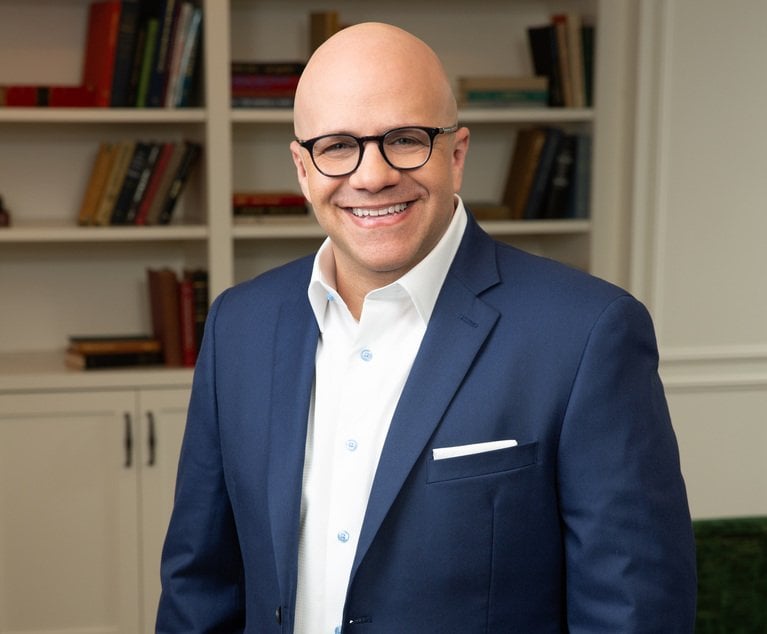The consensus estimate for 2020 revenue is a decline of 15 to 20 percent from last year. And yet, as of April 26, less than a quarter of the Am Law 200 have reduced salaries or laid off personnel. This feels like a sluggish response given what the partner profit implications might be. A simple analysis supports this intuition.
There are 126 Am Law 200 firms who face declines in profit of a half or more under such a revenue contraction (with costs contained at last year’s level). There has been no reported action to reduce comp, law firms’ dominant cost item, at 81 of these firms. Even allowing for noise in the numbers, there are a lot of commercially-strong partners who are being expected to endure eye-catching drops in compensation. Some will be lured away to firms that are performing more strongly either because of practice mix or faster movement on cost reduction. Partner departure numbers, low at first, will snowball at some firms. A quick back-of-the-envelope calculation indicates we can expect to see 10 to 15 firms fold.

 (Photo: Andrey_Popov/Shutterstock.com)
(Photo: Andrey_Popov/Shutterstock.com)







